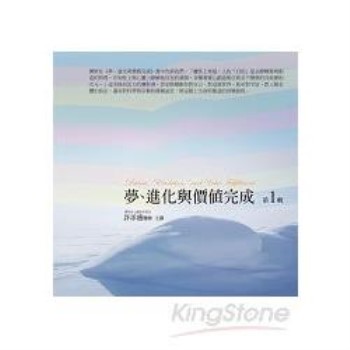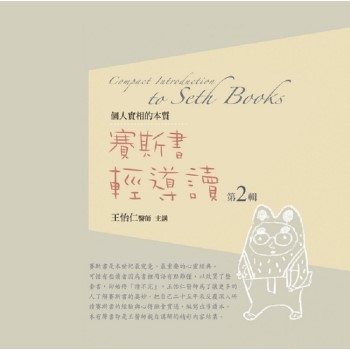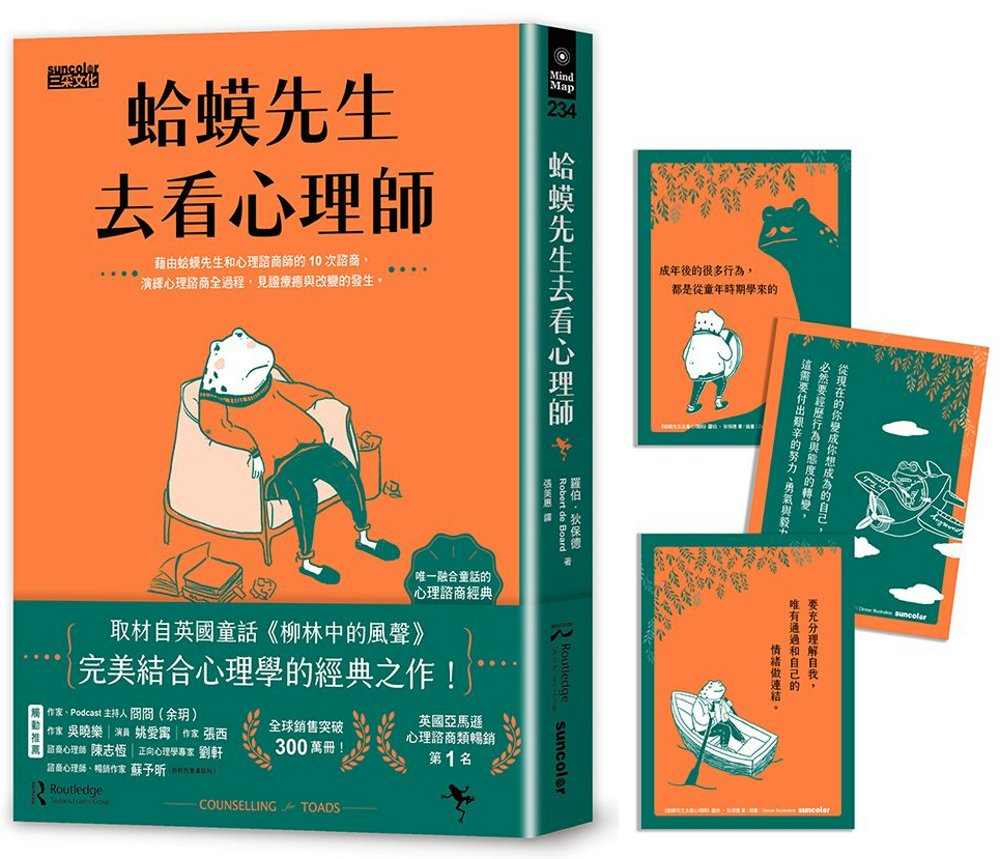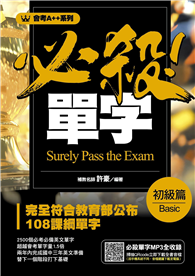Housewives, hard hats, and an Ohio town’s restoration of the radioactive wasteland in its backyard
In 1984, a uranium leak at Ohio’s outdated Fernald Feed Materials Production Center highlighted the decades of harm inflicted on Cold War communities by negligent radioactive waste disposal. Casey A. Huegel tells the story of the unlikely partnership of grassroots activists, regulators, union workers, and politicians that responded to the event with a new kind of environmental movement.
The community group Fernald Residents for Environmental Safety and Health (FRESH) drew on the expertise of national organizations while maintaining its autonomy and focus on Fernald. Leveraging local patriotism and employment concerns, FRESH recruited blue-collar allies into an innovative program that fought for both local jobs and a healthier environment. Fernald’s transformation into a nature reserve with an on-site radioactive storage facility reflected the political compromises that left waste sites improved yet imperfect. At the same time, FRESH’s outsized influence transformed how the government scaled down the Cold War weapons complex, enforced health and safety standards, and reckoned with the immense environmental legacy of the nuclear arms race.
A compelling history of environmental mobilization, Cleaning Up the Bomb Factory details the diverse goals and mixed successes of a groundbreaking activist movement.
| FindBook |
有 1 項符合
Cleaning Up the Bomb Factory: Grassroots Activism and Nuclear Waste in the Midwest的圖書 |
 |
Cleaning Up the Bomb Factory: Grassroots Activism and Nuclear Waste in the Midwest 作者:Huegel 出版社:University of Washington Press 出版日期:2024-07-23 語言:英文 規格:精裝 / 272頁 / 22.86 x 15.24 cm / 普通級/ 初版 |
| 圖書館借閱 |
| 國家圖書館 | 全國圖書書目資訊網 | 國立公共資訊圖書館 | 電子書服務平台 | MetaCat 跨館整合查詢 |
| 臺北市立圖書館 | 新北市立圖書館 | 基隆市公共圖書館 | 桃園市立圖書館 | 新竹縣公共圖書館 |
| 苗栗縣立圖書館 | 臺中市立圖書館 | 彰化縣公共圖書館 | 南投縣文化局 | 雲林縣公共圖書館 |
| 嘉義縣圖書館 | 臺南市立圖書館 | 高雄市立圖書館 | 屏東縣公共圖書館 | 宜蘭縣公共圖書館 |
| 花蓮縣文化局 | 臺東縣文化處 |
|
|
圖書介紹 - 資料來源:博客來 評分:
圖書名稱:Cleaning Up the Bomb Factory: Grassroots Activism and Nuclear Waste in the Midwest
內容簡介
|











